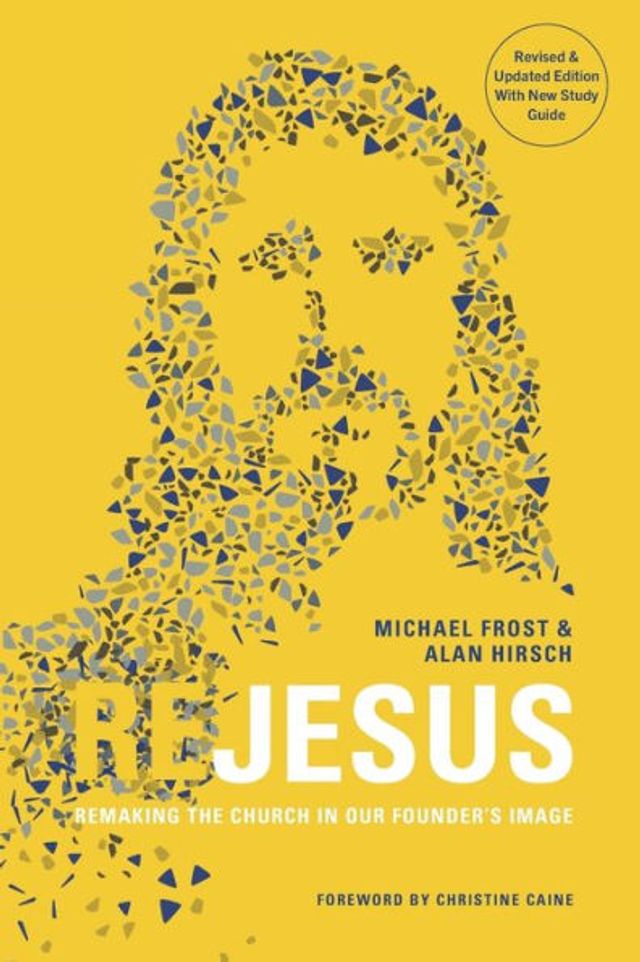Home
Antonioni and the Aesthetics of Impurity: Remaking Image 1960s
Barnes and Noble
Antonioni and the Aesthetics of Impurity: Remaking Image 1960s
Current price: $120.00


Barnes and Noble
Antonioni and the Aesthetics of Impurity: Remaking Image 1960s
Current price: $120.00
Size: Hardcover
Loading Inventory...
*Product information may vary - to confirm product availability, pricing, shipping and return information please contact Barnes and Noble
Influential, innovative and aesthetically experimental, the films of Michelangelo Antonioni are widely recognized as both exemplars of cinema and key in ushering in its ‘new’ or ‘modern’ incarnation around 1960.
Antonioni and the Aesthetics of Impurity
offers a radical rethinking of the director’s work. It argues against prevalent understandings of it in terms of both cinematic purity and indebtedness to painting. Reconnecting Antonioni’s aesthetically audacious films of the 1960s and 1970s to the ferment of their historical time,
brings into relief these works’ crucial, yet overlooked, affinity with the new, ‘impure’, art practices – of John Cage, Franco Vaccari, Robert Smithson, Piero Gilardi and Andy Warhol among others – that precipitated the demotion of painting from its privileged position as a paradigm for all the arts. Revealing an Antonioni who embraced both mixed and mass media and reflected on them via cinema, the book replaces auteuristic, if not hagiographic, accounts of the director’s work with a new understanding of its critical significance across the modern visual arts and culture more broadly.
Antonioni and the Aesthetics of Impurity
offers a radical rethinking of the director’s work. It argues against prevalent understandings of it in terms of both cinematic purity and indebtedness to painting. Reconnecting Antonioni’s aesthetically audacious films of the 1960s and 1970s to the ferment of their historical time,
brings into relief these works’ crucial, yet overlooked, affinity with the new, ‘impure’, art practices – of John Cage, Franco Vaccari, Robert Smithson, Piero Gilardi and Andy Warhol among others – that precipitated the demotion of painting from its privileged position as a paradigm for all the arts. Revealing an Antonioni who embraced both mixed and mass media and reflected on them via cinema, the book replaces auteuristic, if not hagiographic, accounts of the director’s work with a new understanding of its critical significance across the modern visual arts and culture more broadly.


















